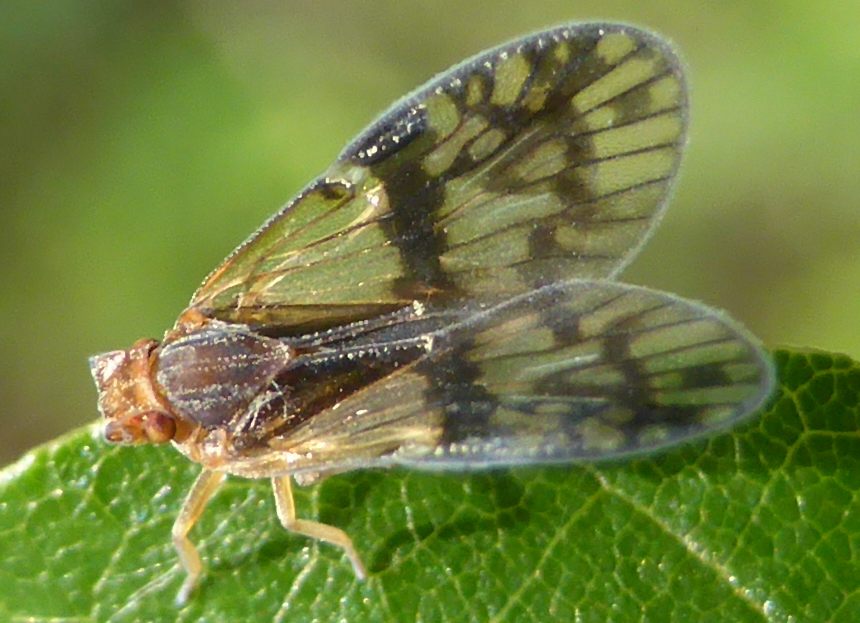| Family (Alpha): | |||
« |
 » » |
| CIXIIDAE Members: | NC Records | |||||
|---|---|---|---|---|---|---|
Bothriocera maculata - No Common Name | ||||||
© Brian Bockhahn |  © Paul Scharf |  © Floyd Williams |  © Scott Bolick |
|
Hoppers of North Carolina: Spittlebugs, Leafhoppers, Treehoppers, and Planthoppers |
| Family (Alpha): | |||
« |
 » » |
| CIXIIDAE Members: | NC Records | |||||
|---|---|---|---|---|---|---|
Bothriocera maculata - No Common Name | ||||||
© Brian Bockhahn |  © Paul Scharf |  © Floyd Williams |  © Scott Bolick |